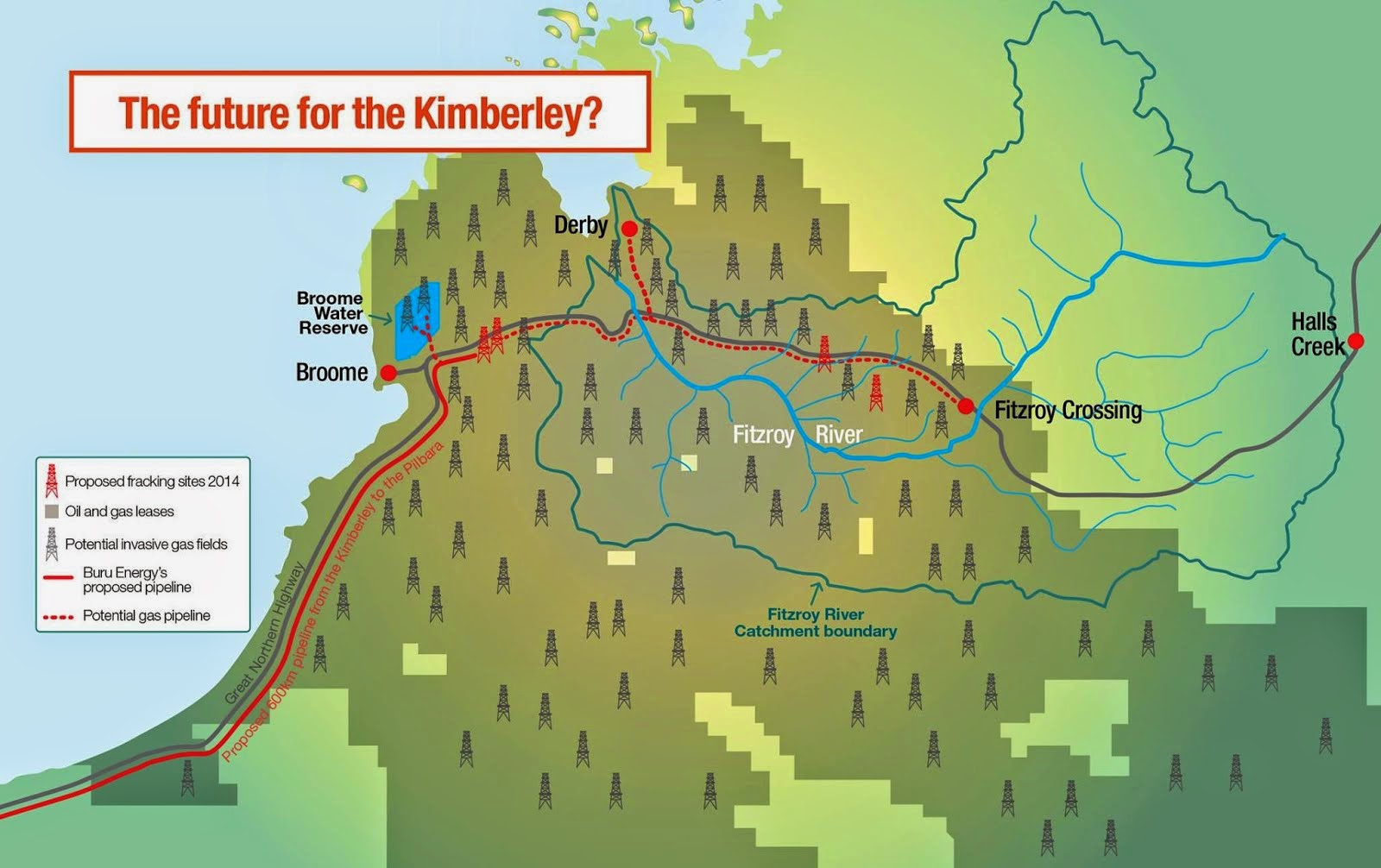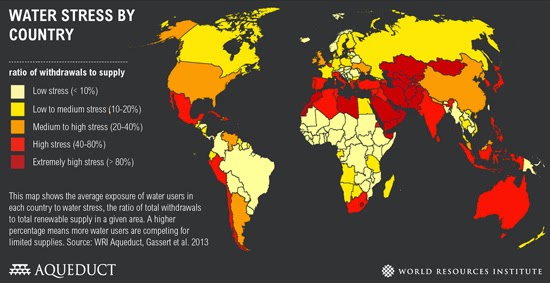Monsoon Vine Thickets are a rainforest –allied ecosystem found in discrete patches along the Dampier peninsula in the west Kimberley. A great diversity of plants found within the vine thickets provide important habitat for the fauna such as Agile Wallaby, Rose Crowned |Fruit Dove, Flying Foxes and the Great Bowerbirds.
The area in and around vine thickets are of great significance to indigenous people on the Dampier Peninsula. As a cultural teaching and ecological resource, vine thickets contain many traditional food sources, valuable and reliable sources of nutritious bushtucker and medicine, water and significant sites. Monsoon vine thickets are semi deciduous. Towards the end of the dry season up to 50% of the plants lose their leaves. They rely on the wet season rain to help them flourish. It is believed that the high humidity along the coastal fringe allows them to survive long periods of no rain and provides some protection from fires. Many patches are associated with ground water springs, shallow aquifers and seasonal wet areas. The closed canopy and large fruiting trees, not present in much of the surrounding landscape, provide refuge, habitat and nesting sites for many avian and reptilian species.
Monsoon Vine Thickets function as a network ecosystem and the movement of frugivorous (fruit- eating) birds, bats and mammals through themselves ensures sufficient species migration and gene flow to maintain the plant and animal communities in their fragmented state. Equally, the loss and degradation of a single patch can isolate patches reducing opportunities for species migration, increase the livelihood of local species extinction and compromise the ecological processes operating throughout the entire ecological community.
Extracts from: Enviro Kimberley research














































 Photo Damian Kelly
Photo Damian Kelly
















































No comments:
Post a Comment